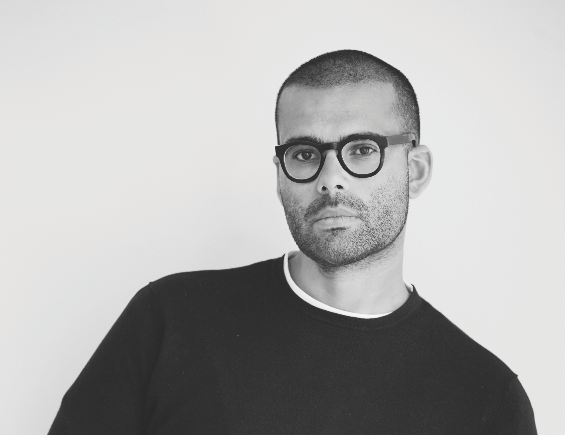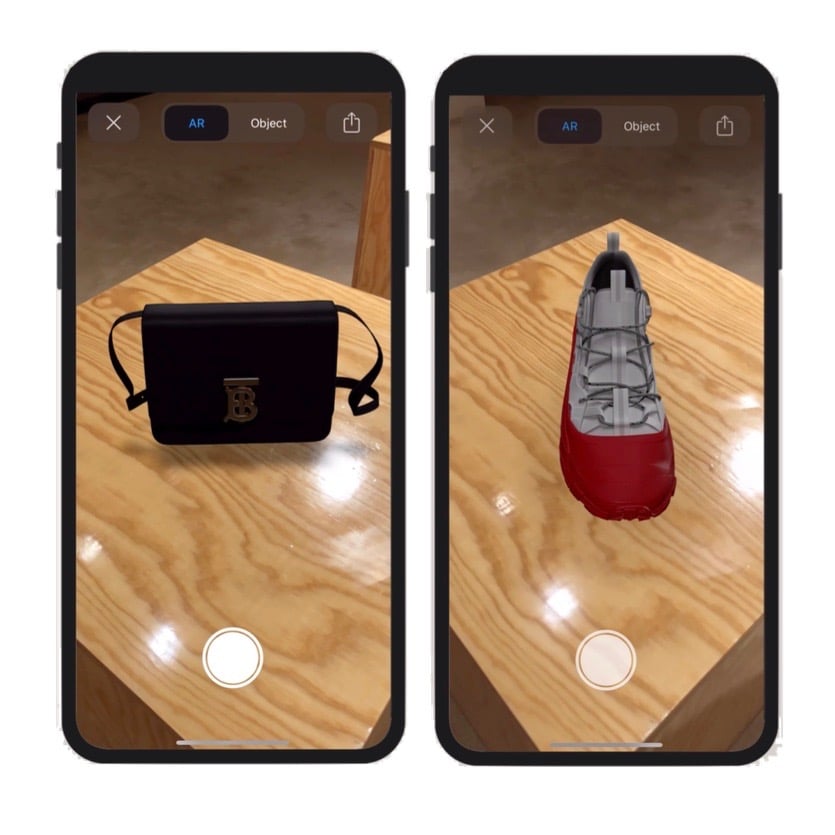
In the competitive world of luxury brands, where exclusivity and exceptional quality are paramount, customer experience (CX) and loyalty stand as critical pillars for success. The age-old adage ‘less is more’ resonates deeply within this realm, suggesting that simplicity might be the key to winning hearts and wallets.
However, in an era when emerging technologies are reshaping every facet of interaction, the question arises: Does good CX and true customer loyalty rely on simplicity, and if so, how can complex emerging tech be used to achieve this?
Simple essence of luxury
Luxury brands thrive on creating a promise of an effortless yet exquisite experience. Simplicity in this context means a frictionless journey, where every touchpoint is intuitive, and every interaction feels bespoke. The modern luxury consumer, often well-versed in technological advancements, seeks not just products but a seamless experience that complements their lifestyle.
Simplicity manifests in various forms: a minimalist yet stunning website design, a streamlined checkout process, or an app that intuitively understands user preferences. When executed well, simplicity enhances the perceived value of the brand. It eliminates the clutter and complexity that can detract from the essence of luxury, ensuring that the focus remains on the product and the experience it delivers.
Chanel’s website is a paragon of minimalist design, with clean lines and an intuitive interface that guides users effortlessly through its collections. The checkout process is streamlined, reducing the number of steps and potential friction points. By focusing on simplicity, Chanel ensures that the digital shopping experience is as luxurious as visiting one of its boutiques.
Tech-powered bespoke experiences
While simplicity is the goal, the path to achieving it often involves navigating the complex landscape of emerging technologies. Artificial intelligence (AI) and augmented reality (AR) are prime examples.
AI plays a pivotal role in personalising the luxury experience. Through sophisticated algorithms, AI can analyse vast amounts of data to predict customer preferences and behaviours. Gucci leverages AI to provide a personalised shopping experience both online and in-store.
Through its app, customers receive tailored product recommendations based on their browsing history and preferences. In stores, sales associates use AI-driven insights to better understand customer preferences and provide more personalised service. This use of AI helps Gucci maintain its reputation for exclusivity.
For luxury brands, AR can transform how customers interact with products. Imagine a high-end jewellery brand using AR to allow customers to virtually try on pieces from the comfort of their home. Similarly, Burberry’s app includes an AR feature that allows customers to see how products, such as handbags and accessories, would look in real life. By pointing their smartphone camera, users can visualise these items in their surroundings. The technology behind this experience is complex, but the result is a simple, engaging, and highly personalised interaction that enhances the overall customer journey.

Balancing simple and complex
Luxury brands must focus on creating a frictionless front-end experience, where the complexity of technology enhances rather than hinders the customer’s journey. This requires a deep understanding of both the technology and the consumer, ensuring that every digital innovation aligns with the brand’s ethos of simplicity and elegance.
Moreover, brands must invest in educating their customers about these technologies in an accessible and engaging manner. Transparency in how data is used, clear communication about the benefits of these technologies, and a commitment to maintaining the highest standards of privacy and security are essential in building trust and loyalty.
Louis Vuitton’s digital transformation includes the use of AI for personalised recommendations and AR for virtual try-ons. However, the brand has ensured that these technologies are integrated in a way that enhances the customer experience without overwhelming it. The result is a seamless, intuitive shopping journey that reflects the brand’s commitment to luxury and innovation.
In the luxury brand landscape, good CX and true customer loyalty do indeed rely on simplicity.
However, achieving this simplicity often involves the strategic use of complex emerging technologies. By harnessing AI for personalisation and AR for immersive experiences, luxury brands can create a seamless, elegant, and deeply satisfying customer journey.
The challenge lies in ensuring that the sophistication of the technology enhances the simplicity of the experience, reinforcing the brand’s promise of luxury. As seen with Chanel, Gucci, Burberry, and Louis Vuitton, the successful integration of these technologies can elevate the luxury CX, creating lasting customer loyalty and reinforcing brand prestige.
By Jon S. Maloy, Co-Founder & CCO, Bureau Béatrice









